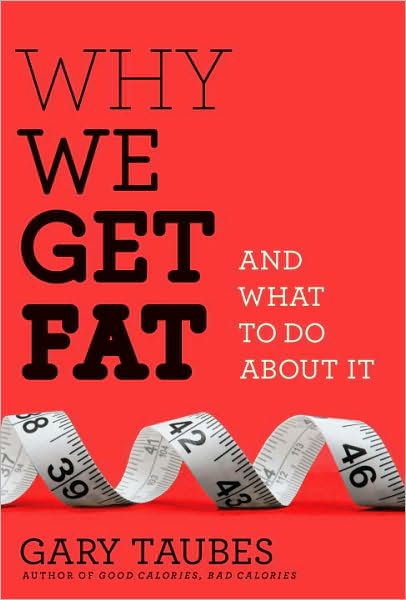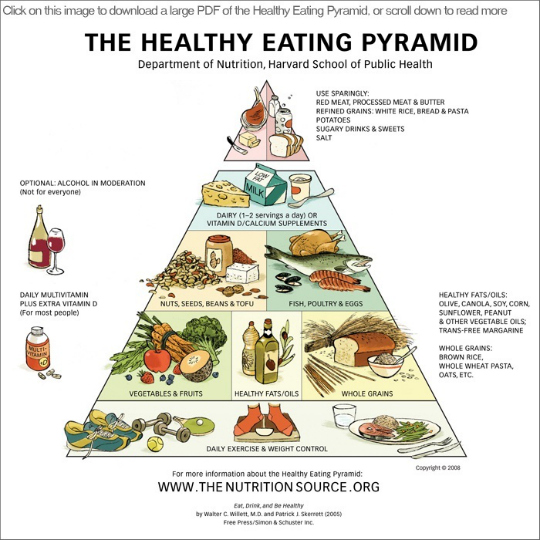I read this book in the middle of last year, mainly on the plane on the way back from Portland, USA. I bought the book during my travels, as I had been reading different articles online which were all saying similar things about the way we eat and was after some more information.
The key theme I had been reading was that it wasn’t fat that caused issues with weight gain, but carbohydrates. Why we get fat and what to do about it by Gary Taubes (aff) also contends this. Taubes is an American science writer and you can read a little more on his background at his website.
This book has its critics, but overall I really enjoyed reading it. Before I venture in to what I learned and took away from the book, I thought I would list some opposing sources so you can do some research and make up your own mind.
The point of this post is not to convert people to a certain style of eating. It is about my journey on changing my diet and providing some information to generate discussion.
As we know I am not a scientist or nutritionist. The book and these links below do get very sciencey which doesn’t always make for an easy read either:
- Thin Body of Evidence: Why I Have Doubts about Gary Taubes’s Why We Get Fat
- The Carbohydrate Hypothesis of Obesity: a Critical Examination
- Gary Taubes is a Blowhard
Carbohydrates are making us fat
In the book Taubes makes a sound case as to why it is not fat that is making us fat, but carbohydrates. This of course means the traditional food pyramid as we know it is completely outdated. Taubes is not the only one who believes this either.
While I am sure he would not agree with Harvard School of Public Health’s Healthy Eating Pyramid, it is closer to the diet he advocates. The Harvard School of Public Health published an article Food Pyramids and Plates: What Should You Really Eat? where it stated:
So in June 2011, with great fanfare, the USDA replaced its much-maligned MyPyramid with a new simpler food icon, the fruit-and-vegetable rich MyPlate.
The good news is that these changes have dismantled and buried the original, flawed Food Guide Pyramid and its underwhelming MyPyramid successor. The bad news is that the new MyPlate icon, while an improvement over the Food Guide Pyramid and MyPyramid, still falls short on giving people the nutrition advice they need to choose the healthiest diets.
As an alternative to the USDA’s nutrition advice, faculty members at the Harvard School of Public Health built the Healthy Eating Pyramid. It resembles the USDA’s old pyramids in shape only.
But Taubes does agree with one of Harvard School of Public Health’s key criticisms of the USDA my plate:
Too lax on refined grains. The guidelines say that it’s okay to eat up to half of our bread, cereal, rice, pasta, and other grain foods in their fiber- and nutrient-depleted, refined forms. That’s unfortunate, because in the body, refined grains like white bread and white rice act just like sugar. Over time, eating too much of these refined grain foods can make it harder to control weight, and can raise the risk of heart disease and diabetes.
In his book Taubes writes:
The most fattening foods are the ones that have the greatest effect on our blood sugar and insulin levels. These are the concentrated sources of carbohydrates, and particularly those that we can digest quickly; anything made of refined flour (bread, cereals and pasta), liquid carbohydrates (beers, fruit juices, and sodas) and starches (potatoes, rice, and corn)……
The carbohydrates in leafy green vegetables like spinach and like, on the other hand, are bound up with indigestible fiber and take much longer to be digested and enter our bloodstream.
Why we get fat and what to do about it has over 15 pages of sources listed and his very heavy on discussion of scientific studies. I did not investigate any of these studies, but there is certainly scientific debate around some of these studies listed.
What to do about it?
At the end of the book Taubes champions a low carb high fat diet to prevent weight gain:
Since carbohydrates make us fat, it follows that the best and perhaps only way to avoid becoming fat is to avoid the carbohydrate rich foods that are responsible.
In the appendix Taubes includes a “No Sugar, No Starch” diet from the Lifestyle Medical Clinic, Duke University Medical Center. You can see a similar example online here.
The bottom line with the diet is to limit carbs to 20 grams per day and consume more protein and fat.
What do I think about it?
I tried for about three weeks to go very low carb while still training for a marathon. After three weeks I was tired, lacking in energy, slightly cranky and my performance started to suffer.
Going so low carb did not work for me. It didn’t make me happy or feel like I could perform the way I wanted to in terms of my running or lifting. So I started adding back more high starch veggies into my diet, sweet potato mainly and noticed an instant improvement. As noted before on the blog, as I ramp up my training again I have also started adding white rice into my diet.
I am glad I read Taubes’ book and tried his recommendations myself. The process taught me a lot about listening to my body and working out what is right for me.
Have you read Why we get fat and what to do about it by Gary Taubes (aff)? What did you think?


